density of some mmon building materials r
2021-12-28T08:12:43+00:00
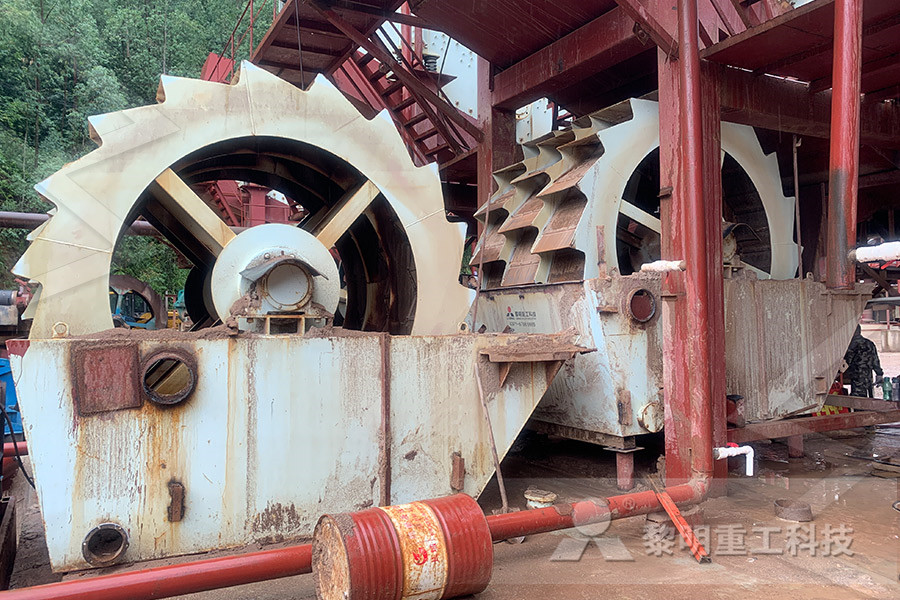
Density Of Some Common Building Materials [klzz95r5rylg]
Density of Some Common Building Materials These values for density of some common building materials were collected from sites across the Material Aluminum 171 lb/ft3 2,739 kg/m3 Asphalt, crushed 45 lb/ft3 721 kg/m3 Brick, common red 120 lb/ft3 1,920 kg/m3 Cast Iron 450 lb/ft3 7,208 kg/m3 Cement, Portland 1,506 kg/m3 94 lb/ft3Construction Materials Density (Kg/m 3) Density (lb/ft 3) 1: WATER: 1000: 6243: Wood (various types) 2: Balsa: 170: 106: 3: Bamboo: 300 400: 187 25: 4: Pine: 370 530: 23 – 33: 5: Cedar: 380: 237: 6: Aspen: 420: 262: 7: Willow wood: 420: 262: 8: African mahogany: 495 – 850: 31 53: 9: Honduras mahogany: 545: 34: 10: American red wood: 450: 28: 11: European red Density of Construction Materials in kg/m3 and lb/ft3 17/11/2021 Density: Aluminum: 171 lb/ft 3: 2,739 kg/m 3: Asphalt, crushed: 45 lb/ft 3: 721 kg/m 3: Brick, common red: 120 lb/ft 3: 1,920 kg/m 3: Cast Iron: 450 lb/ft 3: 7,208 kg/m 3: Cement, Portland: 94 lb/ft 3: 1,506 kg/m 3: Concrete, Limestone w/Portland: 148 lb/ft 3: 2,370 kg/m 3: Concrete, Gravel: 150 lb/ft 3: 2,400 kg/m 3: Crushed Stone: 100 lb/ft 3: 1,600 kg/m 3: Earth, Density of Common Building Materials per Cubic Foot RF Cafe
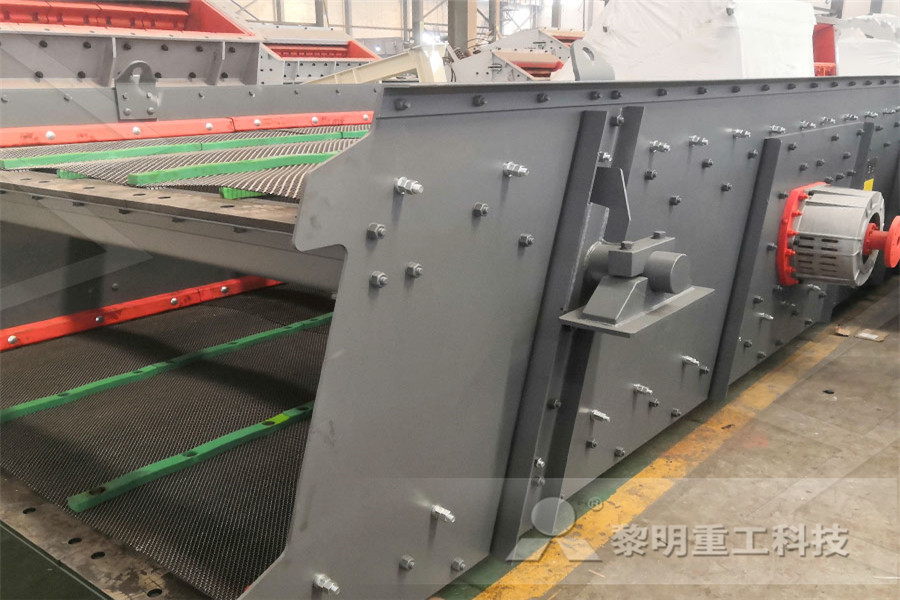
Densities of common Products Engineering ToolBox
399 lignes 1 lb/ft 3 = 27 lb/yd 3 = 0 oz/in 3 = 0 lb/in 3 = 1601845 kg/m 3 = The density, apparent density and bulk density of common building materials are listed in Table 21 Table 21 Density, Apparent Density, Bulk Density and Porosity of Common Building Materials Limestone 222 The Solidity and Porosity 1 Solidity Solidity refers to the degree how the volume of a material is packed with solid2 The Basic Properties of Building Materials21/02/2018 Density of some common building materials are listed below Steel = 7800 Brick = 2600 Granite = 2800 Wood = 1500 2Bulk density Bulk density is another important properties of building materialsThe bulk density is measured in its natural statesSo they have the influence of pores and voidsPhysical Properties of Building Materials or Construction
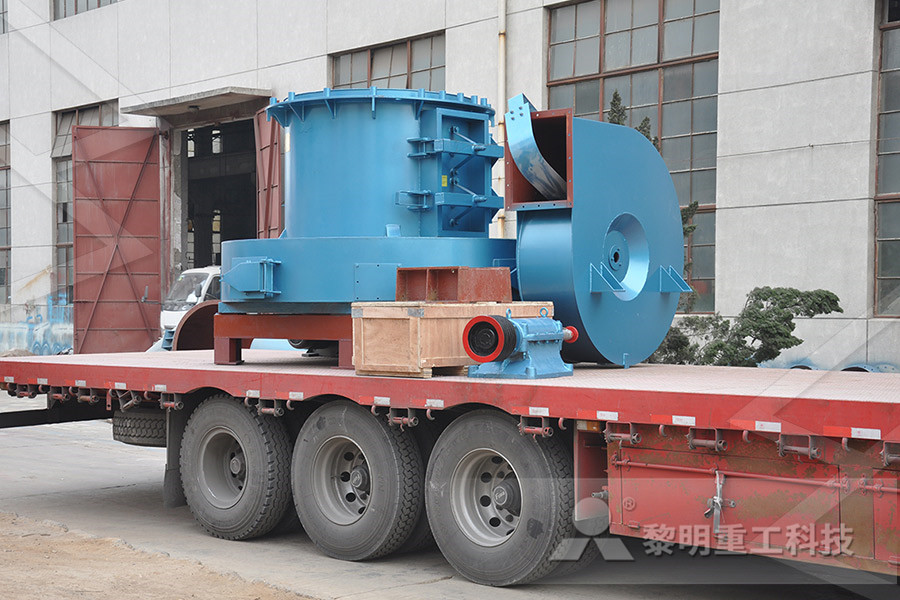
Thermal Properties of Common Building Materials
Apart from metals and ceramics, most of the building materials have a certain degree of porosity Consequently, their thermal conductivity is mainly determined by the air and water content of these pores, which is directly correlated to their porosity and, therefore, to their density16/03/2019 Other carbonbased materials are even stronger For example, graphene has a tensile strength of around 18,854,905 Psi compared to steel at approximately 77,015 Psi Notes Carbon nanotubes and graphene are far stronger than carbon fiber and are likely to become important construction materials in the future20 Types of Building Materials Simplicable27/11/2015 Density depends on temperature and pressure For solids, it's also affected by the way atoms and molecules stack together A pure substance can take many forms, which don't have the same properties For example, carbon can take the form of graphite or diamond Both are chemically identical, but they do not share an identicalTable of Densities of Common Substances ThoughtCo

What is the density of construction materials
13/09/2019 Density of Some Common Building Materials Material; Concrete, Limestone w/Portland: 148 lb/ft3: 2,370 kg/m3: Concrete, Gravel: 150 lb/ft3: 2,400 kg/m3: Crushed Stone: 100 lb/ft3: 1,600 kg/m3 : Earth, loam dry excavated: 90 lb/ft3: 1,440 kg/m3: What is bulk density of construction materials? 11 Bulk Density Bulk density is the measure of the bulk of the Density values of some building materials are given below Material: Density (kg/m 3) Steel: 7800 – 7900: Brick: 2500 2800: Granite: 2600 – 2900: Density Index Ratio of bulk density of material to its density is termed as density index Hence it gives the volume of solid matter in the material In nature, fully dense material is not available so, density index is always less than 1 Properties of Building Materials used in Construction and Density of Some Common Building Materials RF Cafe These values for density of some common building materials were collected from sites across the Internet and are generally in agreement with multiple sites Most are from BOCA or ASAE tables However if you have values that you believe are more accurate use them for your calculations and please send me an e density of construction materials list tarfsnap
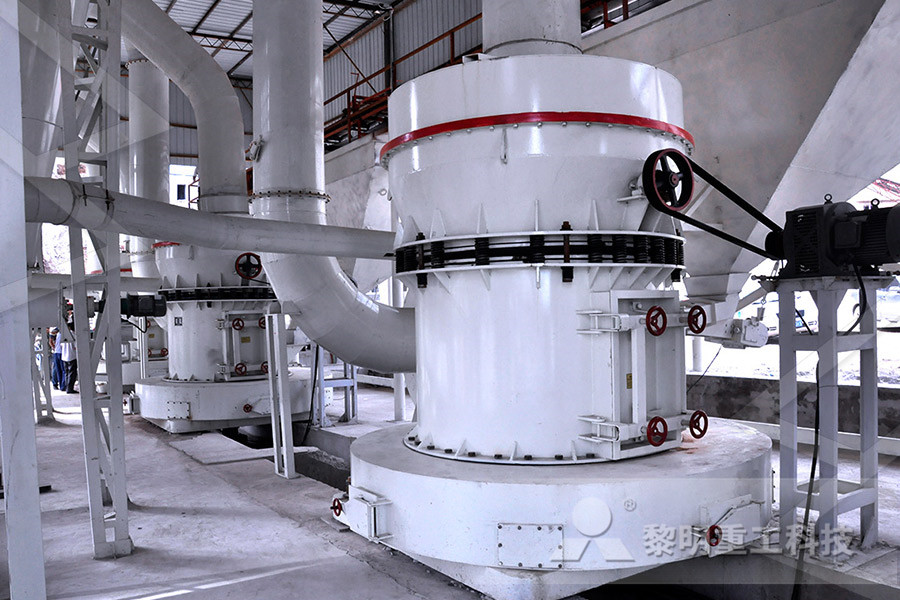
Density of Metals, All Common Metal Density Chart Table PDF
The density of common metals such as iron is 787 g/cm3, mild steel is 785 g/cm3, 304 stainless steel is 80 g/cm3, aluminum is 27g/cm3, copper is 893 g/cm3, gold is 193 g/cm3, silver is 1049 g/cm3, for more metals, please view the metal density chart and table below Common Less Common Metal Density Chart / TableDensity of Some Common Building Materials: These values for density of some common building materials were collected from sites across the Internet and are generally in agreement with multiple sites Most are from BOCA or ASAE tables However, if you have values that you believe are more accurate, use them for your calculations, and please send Density of Density Of Common Building Materials Per Cubic Metre28/09/2020 Density of Common Building Materials per Cubic Foot RF These values for density of some common building materials were collected from sites across the Internet and are generally in agreement with multiple sites Most are from BOCA or ASAE tables However, if you have values that you believe are more accurate, use them for your calculations, and densities of building materials
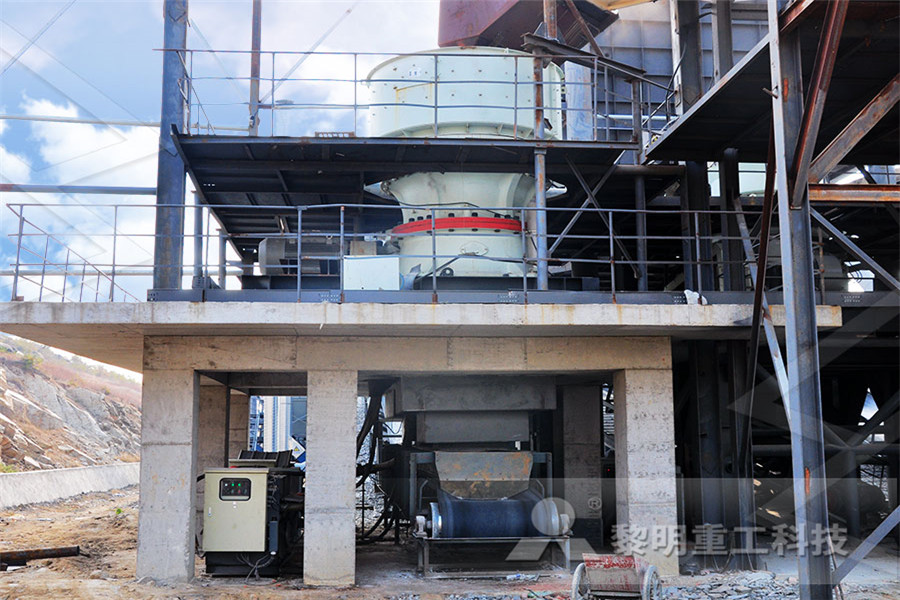
Thermal Properties of Common Building Materials
Some of the most important properties of building materials are their strength, weight, durability, and cost In terms of energy conservation, their most important properties are their ability to absorb and transmit heat The materials’ thermal properties govern the rate of heat transfer between the inside and outside of the building, the amount of heat that can be stored in the 74 Shale Gas 2500 Kg/cum 75 Tin 7280 Kg/cum So, That’s all for the List of Unit Weight of Building Materials If you have any questions/suggestion or I missed something, then please let me know in the comment section Thanks For Reading this Article (Unit Weight of Unit Weight of Building Materials [A Complete List]Brick Densities Densities of common types of bricks Bricks Quantity and Mortar Consumption Estimate required quantities of bricks and mortar Concrete Properties Properties of normal strength Portland cement concrete Engineering Materials Some typical properties of engineering materials like steel, plastics, ceramics and pression and Tension Strength of some common Materials
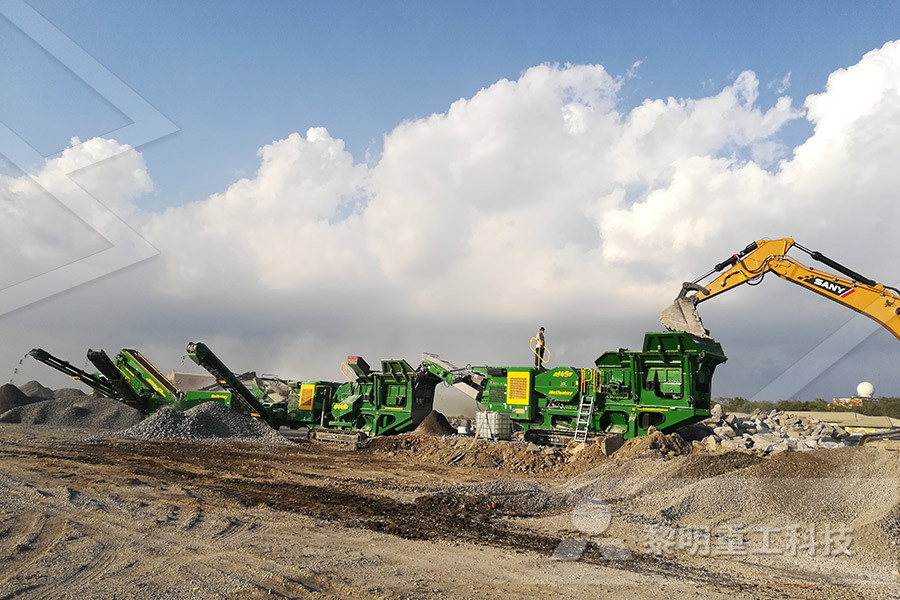
Thermal Conductivity : chart of 300+ common materials
Please find below a table of common materials and their thermal conductivity at a given temperature, aggregated from different sources Warning 1 : values were not verified individually; Warning 2 : The data below are thus only for a 1st reference, quick calculation, but no detail design, no guarantee are given upon them Please scroll down, the compounds are sorted Density of Some Common Building Materials These values for density of some common building materials were collected from sites across the Material Aluminum 171 lb/ft3 2,739 kg/m3 Asphalt, crushed 45 lb/ft3 721 Density of Some Common Building Materials PDF 14/12/2021 Below image shows the density of some of most common building materials used in the construction industry Bulk Density (ρь) The mass of a unit volume of material in its natural state is called as bulk density It is calculated using the following formula: Where, M = specimen mass (kg) V = specimen volume in natural state (m³) Bulk density is less than Density Of Building Construction Materials Diego Szewczak
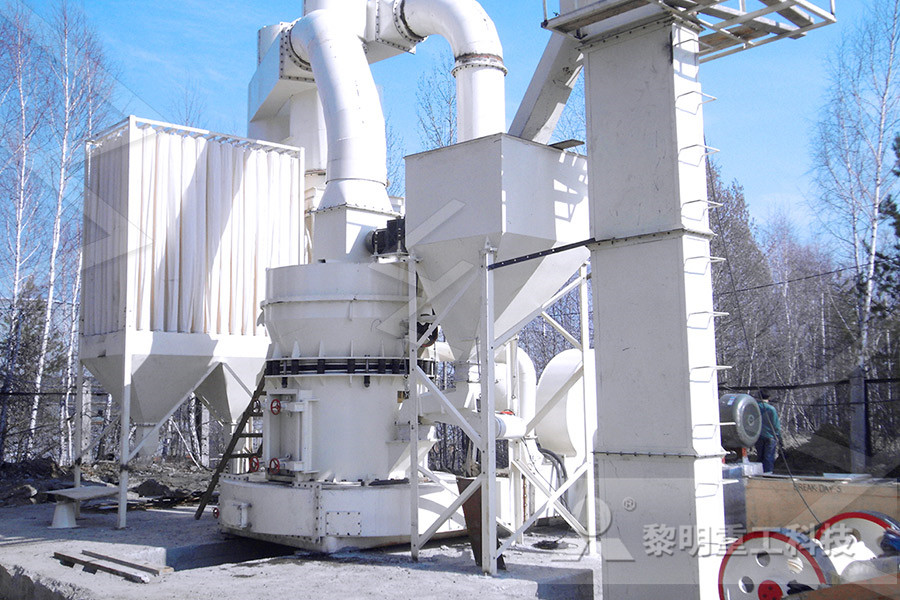
Density of common construction materials
Density of common construction materials Products As a leading global manufacturer of crushing, grinding and mining equipments, we offer advanced, reasonable solutions for any sizereduction requirements including, Density of common construction materials, quarry, aggregate, and different kinds of mineralsOct 29, 2018 These values for density of some common building materials were collected from sites across the Internet and are generally inDensity of Common Building Materials per Cubic Foot RF Density of common materials ( g/cm^3) Density of common materials ( g/cm^3) study guide by ClaireSpivey9 includes 8 questions covering vocabulary, terms and more Quizlet flashcards, activities and games help you improve your grades Get Pricedensities of common building materials

Material Properties Engineering ToolBox
Compression and Tension Strength of some common Materials Common materials and average ultimate compression and tension strength Concrete Mixtures Cement, sand and gravel mixtures Concrete Properties Properties of normal strength Portland cement concrete Copper Alloys Typical Applications Typical use of copper alloys in architecture, automotive, Some of the most important properties of building materials are their strength, weight, durability, and cost In terms of energy conservation, their most important properties are their ability to absorb and transmit heat The materials’ thermal properties govern the rate of heat transfer between the inside and outside of the building, the amount of heat that can be stored in the Thermal Properties of Common Building Materials74 Shale Gas 2500 Kg/cum 75 Tin 7280 Kg/cum So, That’s all for the List of Unit Weight of Building Materials If you have any questions/suggestion or I missed something, then please let me know in the comment section Thanks For Reading this Article (Unit Weight of Unit Weight of Building Materials [A Complete List]
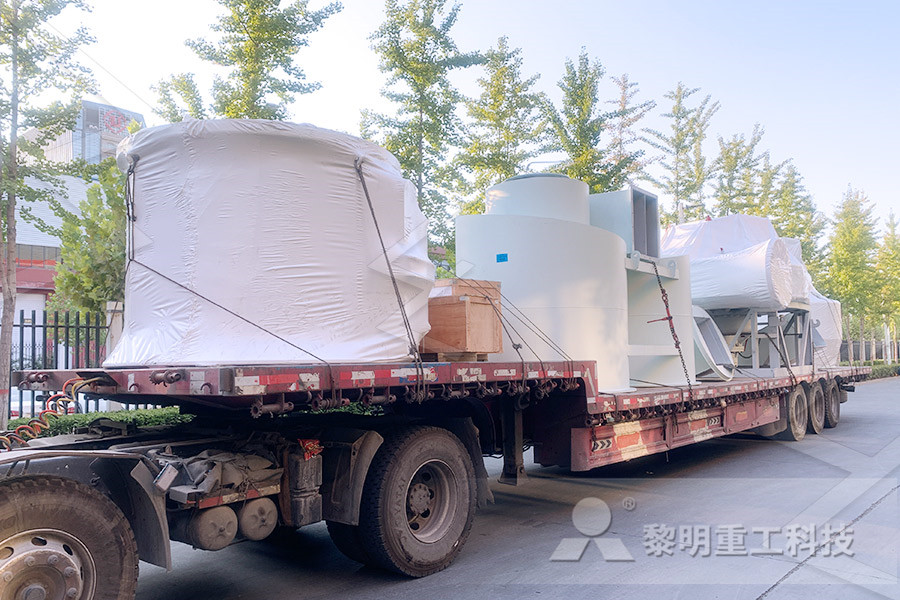
Types of Building Materials Used in Construction and Their
Building material is any material used for construction purpose such as materials for house building Wood, cement, aggregates, metals, bricks, concrete, clay are the most common type of building material used in construction The choice of these are based on their cost effectiveness for building projects Many naturally occurring substances, such as clay, sand, wood and SAP and thermal mass SAP 2009 uses thermal mass in calculating the heating and cooling load of the building SAP uses the kappa (k) value to determine thermal mass 'k' is the measure of the heat capacity per unit area in kJ/m 2 K of the 'thermally active' part of the construction element: k = 106 Σ i p i c i d i p i = the density of the layer 'i' in the construction (kg/m 3)GreenSpec: Thermal Performance: Thermal Mass in Buildings









